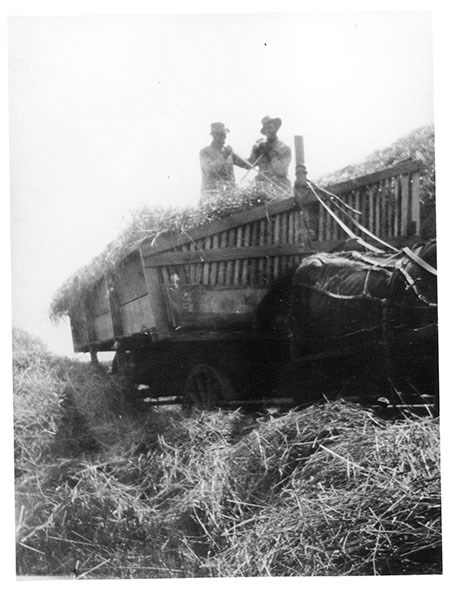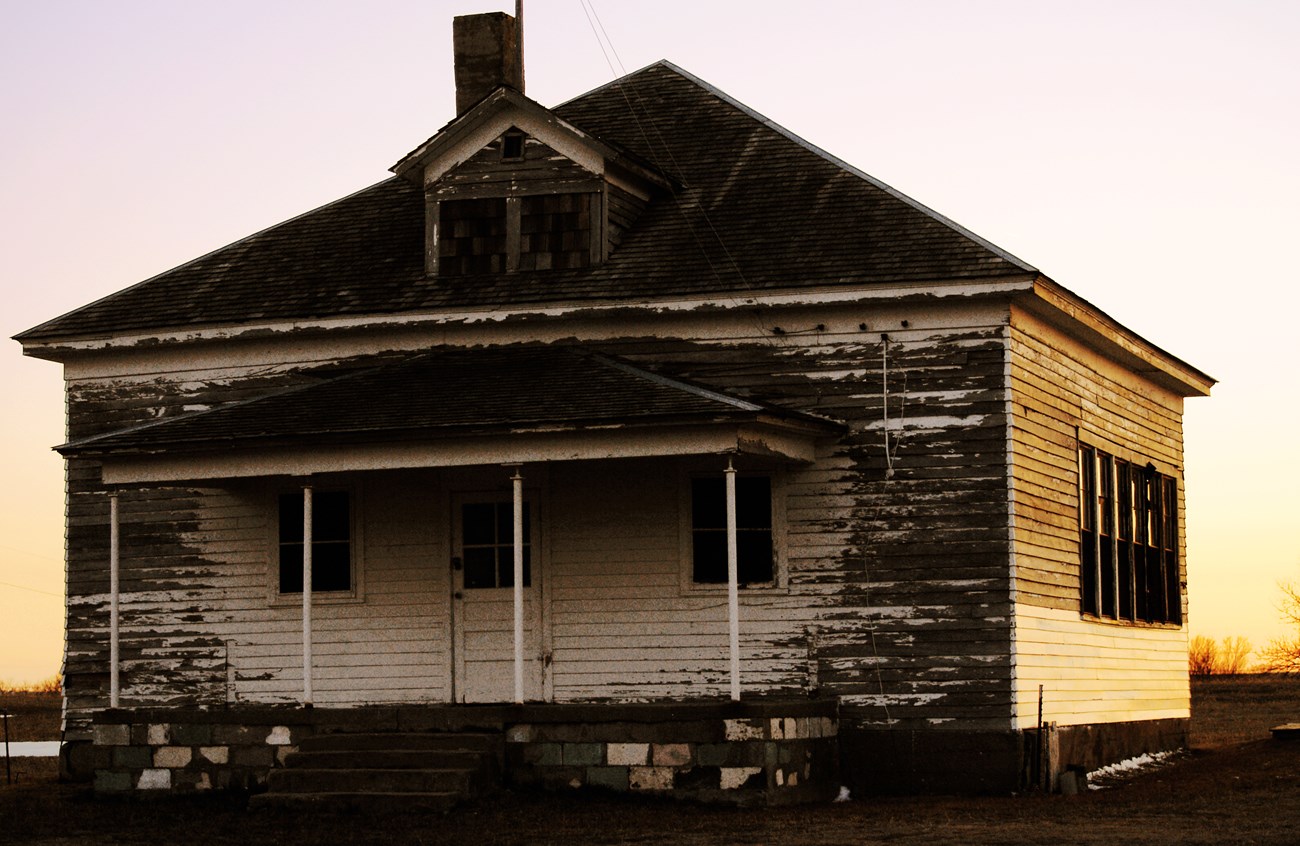Nicodemus National Historic Site blends into the landscape of the Great Plains of western Kansas. A simple rural community at first glance, Nicodemus is a symbol of the strength, determination, and endurance of African Americans who settled here.
Article
Nicodemus National Historic Site
The history of Nicodemus starts at the end of the Civil War before the “Exodus of 1879” when former slaves began moving out of the south to lands north and west where they could support themselves and make a living primarily through farming their own land. There were two significant groups that settled Nicodemus beginning in September of 1877. A real estate agent, W.R. Hill, and Reverend W.H. Smith led the first group of about 350 African Americans from Lexington, Kentucky to Graham County, Kansas (where Nicodemus is located). Another group of 250 arrived in the spring of 1878.

With permission from University of Kansas, Spencer Research Library, Nicodemus Historical Society Collection, in NPS Cultural Landscape Report
While Nicodemus exhibited promise and hope of becoming a flourishing community of former slaves, the town suffered greatly when the Missouri Pacific and Union Pacific railroad were rerouted south and north of the town. This led to loss of jobs and a declining population.
Even with its disheartening decline, the roots and history of Nicodemus persevered and the original settlers along with their descendants make sure the story, their story, was never forgotten. While very few live in the town today, the descendants champion for the history and its stories to be told. Every year, in late July, the Emancipation Celebration, now known as the Homecoming Celebration, takes place. The tradition is itself historic because it has occurred annually since 1878 after the settlers arrived. It’s a special festival that has descendants from all over the United States, as well as the world, come “home” to celebrate their roots, history, and stories.

USGS, in NPS Cultural Landscape Report
While there were many other communities settled on similar ideas during the “Exoduster” movement, after the Civil War, Nicodemus is the only community from that time period that exists today. Nicodemus not only holds its own history and symbolism, but it is a symbol for the strength and perseverance of formerly enslaved African Americans finding a new life after the Civil War.

NPS
Last updated: May 10, 2022

